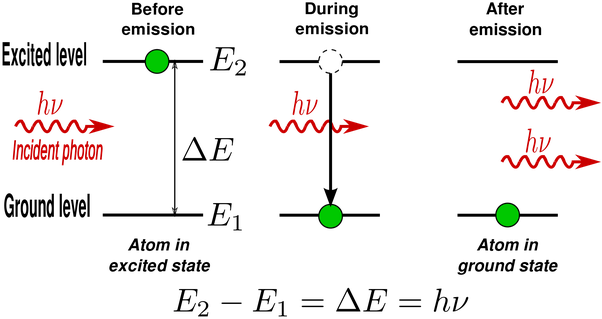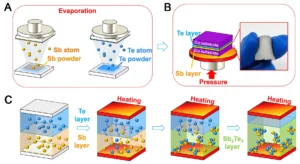The laser, an acronym for Light Amplification by Stimulated Emission of Radiation, is a remarkable technological advancement that has found extensive applications in diverse fields. To understand the working principle of a laser, it’s essential to delve into the intricate interplay of quantum mechanics and optics that govern its operation.
Basic Components of a Laser System:
- Gain Medium: At the heart of every laser is a gain medium, a material capable of amplifying light. This medium can be a gas, liquid, solid, or semiconductor, depending on the type of laser.
- Pump Source: Energy is supplied to the gain medium by a pump source, which can be an external light source, electrical discharge, or another laser. This energy excites the atoms or molecules in the gain medium, elevating them to higher energy states.
- Optical Cavity: A laser requires an optical cavity, typically consisting of two mirrors facing each other. One mirror is highly reflective, while the other is partially transparent, allowing a portion of the light to escape.
The Stimulated Emission Process:

When atoms or molecules in the gain medium return to their lower energy states from the excited state, they emit photons. This emission can occur spontaneously or be induced by external photons, a process known as stimulated emission.
Stimulated emission is a crucial phenomenon in laser operation. In this process, an incoming photon interacts with an excited atom, causing it to release a second photon with the same energy, phase, and direction as the incoming photon. This creates a cascade effect, resulting in the amplification of light.
Population Inversion:
For lasing action to occur, a condition called population inversion must be achieved. This occurs when more atoms or molecules are in higher energy states than in lower energy states. The pump source supplies energy to create this inversion, allowing stimulated emission to dominate over spontaneous emission.
Amplification and Emission of Coherent Light:
As the photons undergo stimulated emission in the gain medium, they travel back and forth between the mirrors of the optical cavity. This amplification process causes the light to gain coherence, meaning the emitted photons have a consistent wavelength and phase relationship.
Eventually, the amplified, coherent light escapes through the partially transparent mirror, creating the laser beam. The coherence of laser light distinguishes it from ordinary light sources, making it highly directional and capable of interference phenomena.
Types of Lasers:
Different types of lasers are classified based on the nature of the gain medium and the method of pumping. Common types include gas lasers, solid-state lasers, semiconductor lasers, and fibre lasers.
Conclusion:
The working principle of a laser involves a delicate dance between the principles of quantum mechanics and optics. Through the careful orchestration of stimulated emission, population inversion, and the creation of a coherent optical cavity, lasers produce intense and highly focused beams of light with a myriad of practical applications across scientific, industrial, medical, and everyday contexts. The elegance of the laser’s working principle continues to inspire innovation and advancements in a wide range of fields.




